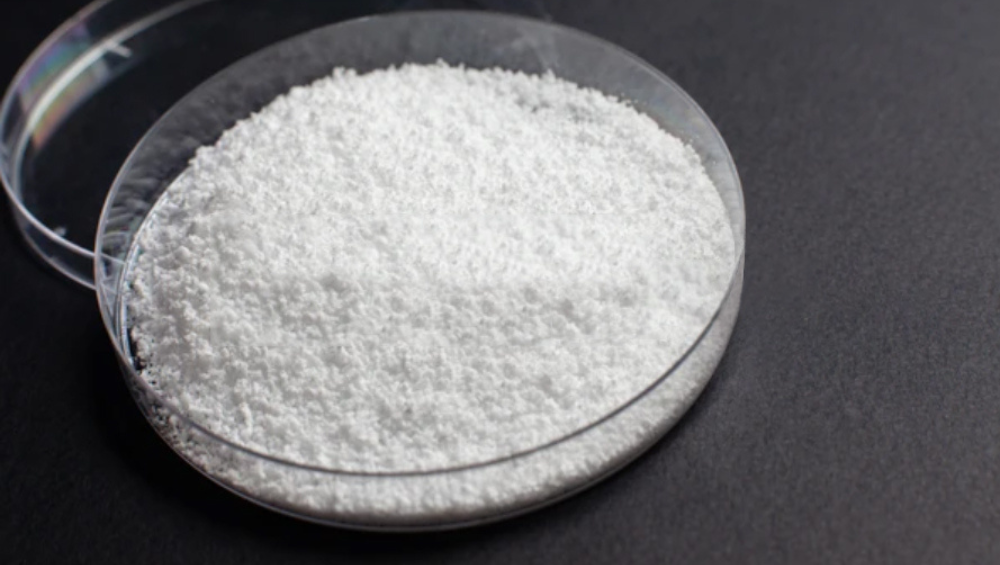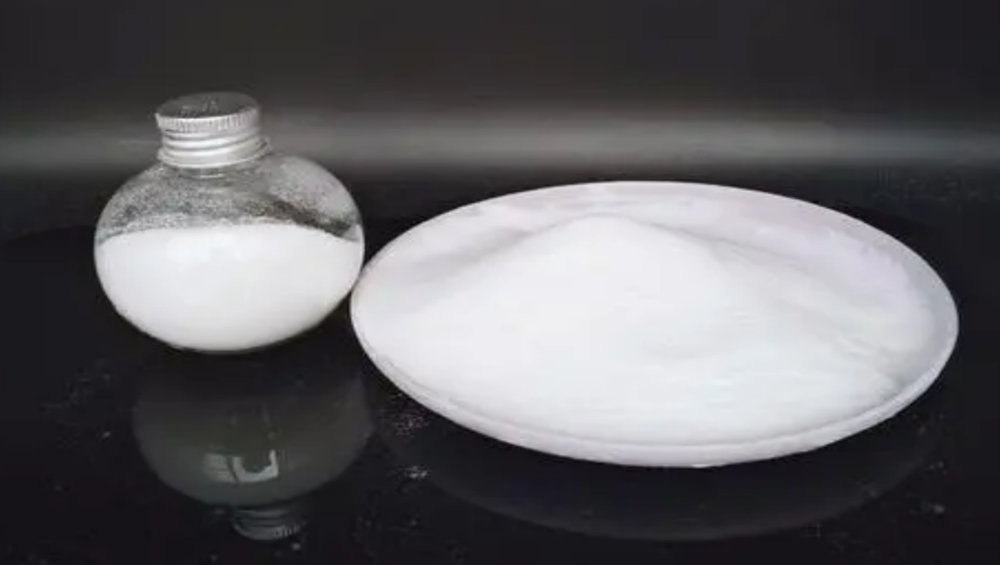Chlorinated Polyethylene - Properties, Uses & Structure?
When it comes to high-performance materials that can withstand harsh conditions, Chlorinated Polyethylene (CPE) is a top contender. But what makes it so special?
Chlorinated Polyethylene (CPE) is a modified form of polyethylene that is enhanced by adding chlorine. This process gives CPE improved chemical resistance, heat stability, and flexibility.

This image shows the structure of Chlorinated Polyethylene and its properties.
CPE’s unique blend of properties makes it suitable for many industries. If you're looking for a material that offers strength, flexibility, and resistance, CPE could be the solution.
Chlorinated Polyethylene (CPE) – Types, Properties, Uses & Structure?
Are you wondering how CPE compares to other materials and why it’s worth considering for your business? Let’s take a deeper look into the types, properties, and uses of CPE.
CPE comes in several variations depending on its chlorine content. These types can influence its mechanical properties, heat resistance, and chemical stability. Understanding these variations helps businesses select the right CPE for their needs.
An illustration showing the different types of Chlorinated Polyethylene and their respective properties.
Types of CPE
Chlorinated Polyethylene is categorized into three main types based on the level of chlorination:
| Type of CPE | Chlorine Content | Key Characteristics |
|---|---|---|
| CPE 1 | Low (<30%) | Flexible and cost-effective |
| CPE 2 | Medium (30-35%) | Better heat and chemical resistance |
| CPE 3 | High (>35%) | High-performance, best for extreme conditions |
Each type is chosen based on the specific requirements of your application, such as durability, flexibility, and resistance to heat or chemicals.
Characteristics and Properties of Chlorinated Polyethylene?
So, what exactly makes CPE stand out in the world of industrial materials? Let’s explore its key characteristics and properties in more detail.
CPE’s versatility lies in its ability to withstand various environmental factors. It provides excellent resistance to heat, chemicals, and weathering, making it ideal for a variety of applications. Let’s examine these features in more depth.
A visual comparison highlighting the properties of CPE compared to other polymers.
Chemical Resistance
One of the most significant advantages of CPE is its chemical resistance. It resists attack by acids, alkalis, and many organic chemicals, which is crucial in industries like chemical processing and manufacturing.
Heat Resistance
CPE can withstand high temperatures, making it perfect for automotive and electrical applications where exposure to heat is inevitable. This heat resistance ensures the material doesn’t degrade or lose its properties over time.
Flexibility and Durability
CPE maintains its flexibility even in extreme environments. It can bend and stretch without breaking, which makes it an excellent choice for cables, hoses, and seals. It also boasts durability, holding up well to physical stress and wear.
Applications of Chlorinated Polyethylene?
Where can you use CPE to its full potential? Let’s explore its various applications across different industries.
CPE’s diverse applications in automotive, construction, and industrial sectors.
Chlorinated Polyethylene is widely used in industries such as automotive, construction, and cable manufacturing. Here are a few key applications:
Automotive Industry
In automotive manufacturing, CPE is used for parts like gaskets, seals, and hoses. Its resistance to heat and chemicals makes it perfect for components that need to withstand extreme conditions under the hood.
Construction Industry
CPE’s resistance to UV rays and weathering makes it an excellent choice for construction materials. It’s often used in roofing membranes, pipes, and coatings, offering long-lasting protection against the elements.
Electrical Cables and Hoses
CPE’s flexibility and durability make it ideal for cable coatings and industrial hoses. These applications require materials that are both chemically resistant and flexible enough to endure physical stresses over time.
Properties of Chlorinated Polyethylene (CPE)?
What do you need to know about the properties of CPE that make it such a reliable material? Let’s dive deeper.
CPE is known for its impressive balance of chemical resistance, heat stability, and flexibility. It performs well under extreme conditions, maintaining its integrity even in challenging environments. These properties make it suitable for long-term applications where reliability is key.
A graphic highlighting the key properties of CPE that make it a standout material.
CPE is more than just a flexible material; it offers high chemical resistance, excellent durability, and impressive performance even at high temperatures. This makes it a great choice for industries requiring consistent material performance in tough environments.
Durability and Strength
CPE’s durability is one of its defining features. It’s built to last, whether it’s exposed to chemicals, heat, or physical wear. This reliability makes it an ideal material for components that need to endure over time, minimizing the need for replacements.
Flexibility and Chemical Resistance
Another key property of CPE is its flexibility combined with excellent chemical resistance. This makes it a great material for sealing, insulation, and coatings where both properties are essential for effective performance.
Conclusion
Chlorinated Polyethylene offers an excellent balance of durability, flexibility, and resistance to heat and chemicals. Its broad range of applications makes it an ideal choice for various industries looking for high-performance materials.
FAQ
What is Chlorinated Polyethylene?
Chlorinated Polyethylene (CPE) is a modified version of polyethylene, made more resistant to heat and chemicals through chlorination.
What industries use CPE?
CPE is used in automotive, construction, and electrical industries, among others, due to its durability and resistance to harsh conditions.
What are the types of CPE?
CPE comes in different types based on the level of chlorination. These types are suited for various applications requiring different properties like flexibility or heat resistance.
Is CPE environmentally friendly?
CPE is durable and long-lasting, which can reduce the need for frequent replacements. However, like most plastics, it should be disposed of properly to minimize its environmental impact.





